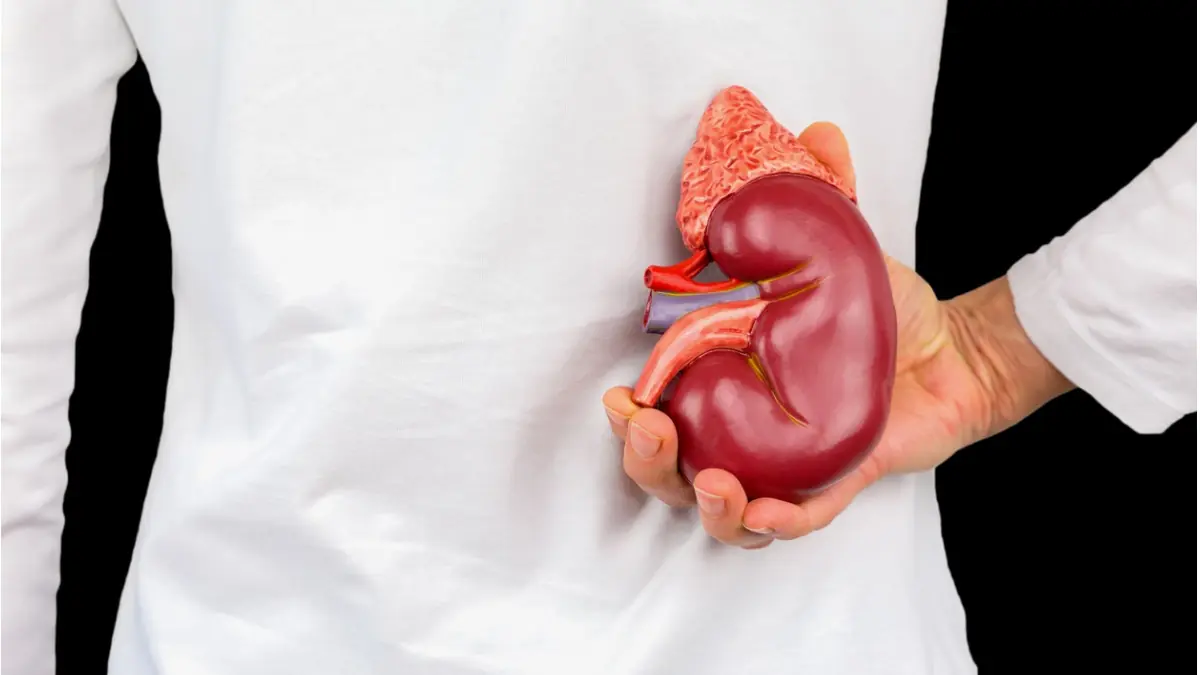
Why Are My Veins Suddenly Bulging and Visible?
While visible veins may be cosmetically unappealing, their appearance is usually not a cause for concern. Activities like exercise, skin tone, exposure to the sun, tight clothing and hot temperatures can cause bulging veins. Aging, genetics, and being overweight may also contribute to veins being more noticeable. These enlarged, twisted veins appear prominently beneath the skin surface, particularly on the legs and feet. However, more uncommonly, bulging veins could be an indication of a serious health condition like blood clots. If you have visible veins with severe discolouration that cause discomfort, consult a health professional.
Understanding What Causes Bulging Veins
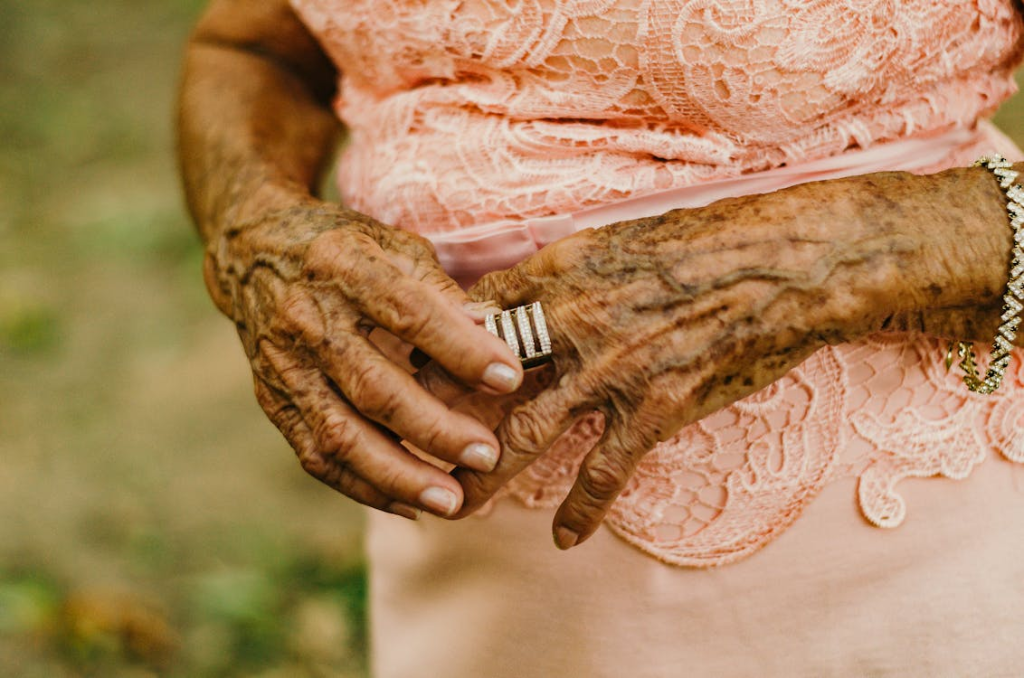
Veins are blood vessels responsible for the transportation of deoxygenated blood back to the heart. Bulging veins develop when blood pools in weakened or damaged veins instead of flowing efficiently back to the heart. The circulatory system relies on one-way valves within veins to prevent blood from flowing backward. When these valves malfunction, blood builds up in the affected veins, causing them to stretch and bulge outward.
Blood Pooling
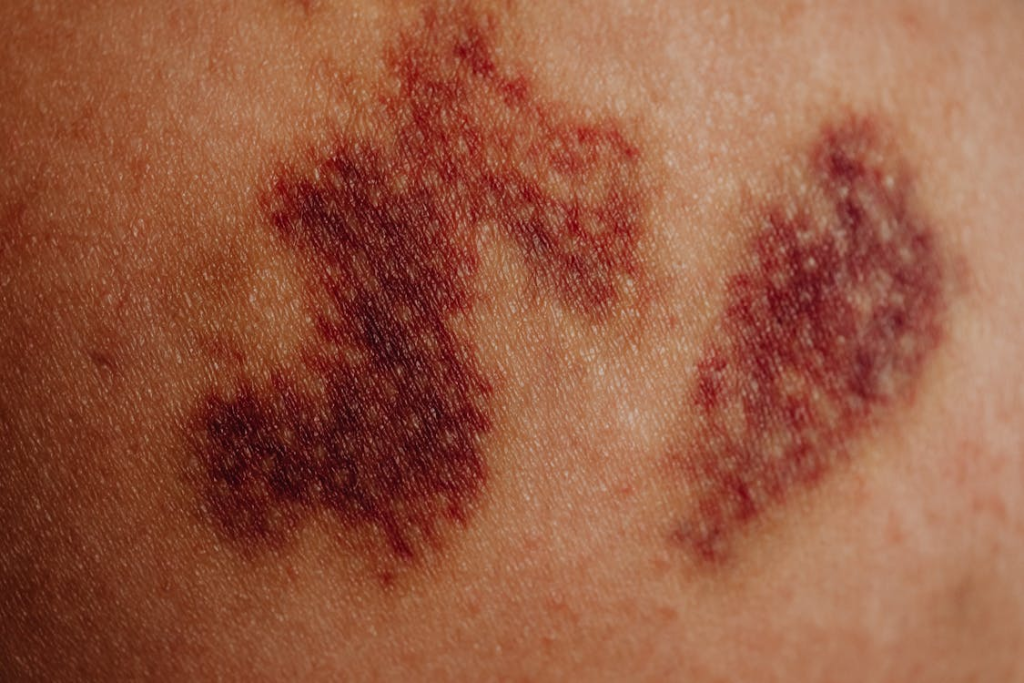
Blood pooling can occur in both small and large veins. In the small blood vessels or capillaries, spider veins develop when blood builds up within them. These veins create thin, web-like patterns that spread across the face and legs. Spider veins display red or blue coloration and maintain a flat appearance against the skin surface.
Unlike their larger counterparts, spider veins rarely bulge out above the skin level. Spider veins rarely call for medical intervention. Most patients seek treatment for spider veins to improve their appearance rather than address health issues. The thin structure of spider veins distinguishes them from bulging varicose veins. While varicose veins can cause pain, swelling, and other symptoms, spider veins typically remain asymptomatic.
Other Factors contributing to Bulging Veins
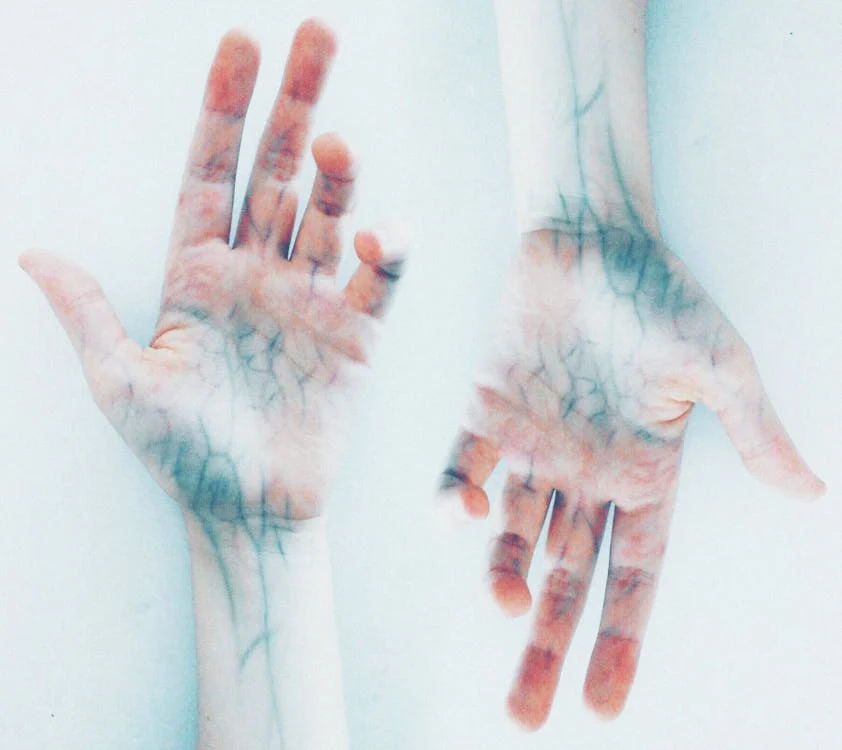
There are several factors that contribute to the development of bulging veins. Over time, age naturally weakens the vein structures, making older adults more susceptible to having visible veins. Hormonal changes during pregnancy, menopause, or while taking birth control pills can also weaken vein structures. Prolonged standing or sitting restricts proper blood circulation, increasing pressure within leg veins.
Recognizing the Symptoms of Varicose Veins
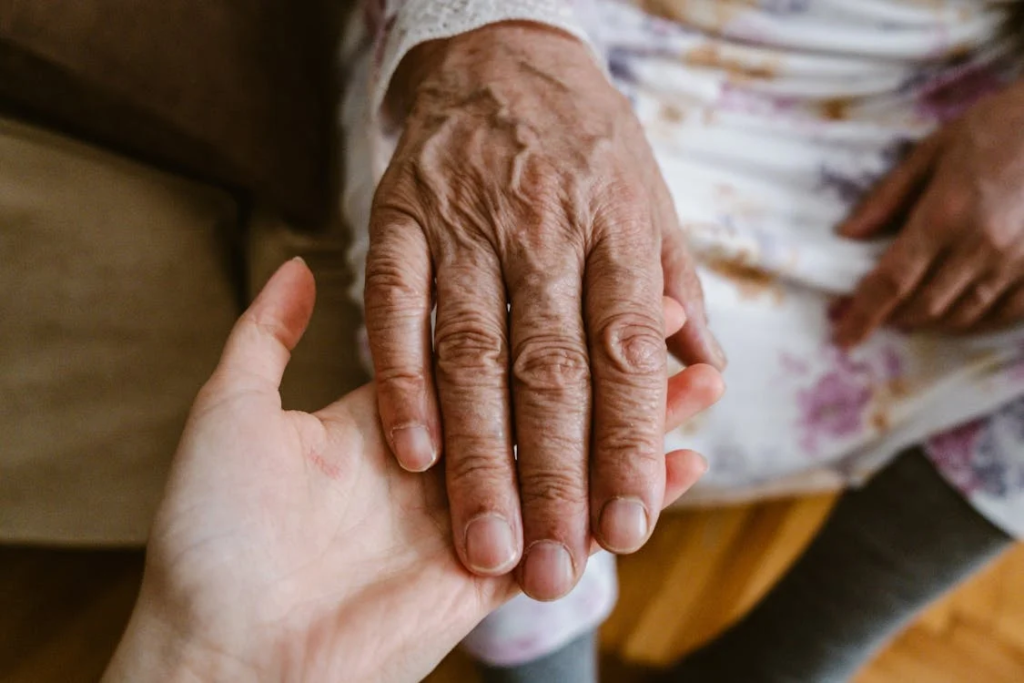
Spider veins‘ larger counterpart, varicose veins, require more immediate medical attention. These larger, bulging veins present various symptoms beyond just their visible appearance. Patients commonly experience aching, heaviness, or burning sensations in affected areas. The legs may feel tired or cramped, especially after long periods of constant standing or sitting. Swelling around the ankles and lower legs is often observed in individuals with varicose veins.
Some individuals notice itching or skin irritation around the affected veins. The skin may develop a leathery texture or show discoloration ranging from brown to reddish patches. These symptoms typically worsen throughout the day and improve with leg elevation or rest.
Risk Factors That Increase Bulging Vein Development
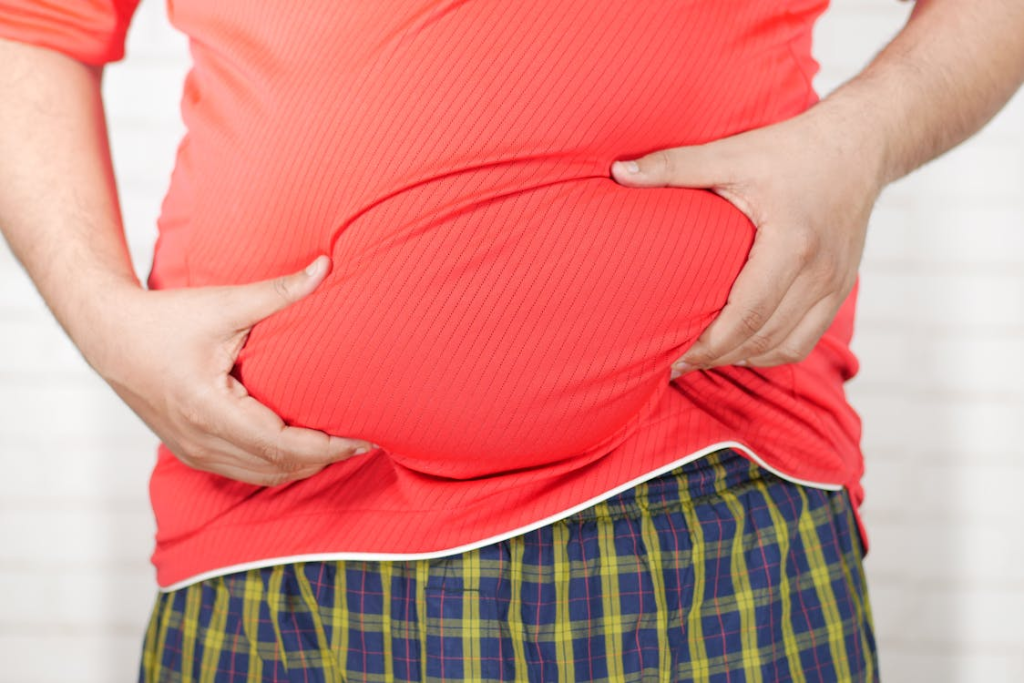
There are multiple factors that increase an individual’s chances of developing bulging veins throughout their lifetime. Family history plays a major role, as any genetic predisposition affects the vein wall and its deterioration. Studies have demonstrated that women are twice as likely to develop varicose veins as men. This increased susceptibility is due to the female hormonal changes throughout different life stages.
Being overweight causes additional pressure on leg veins, constricting blood flow returning to the heart. Age remains the most significant risk factor, with nearly 40% of women and 20% of men developing significant vein problems by age 50.
Read More: 3 science-backed tips you should know to get rid of varicose veins on your legs
Potential Complications of Untreated Bulging Veins
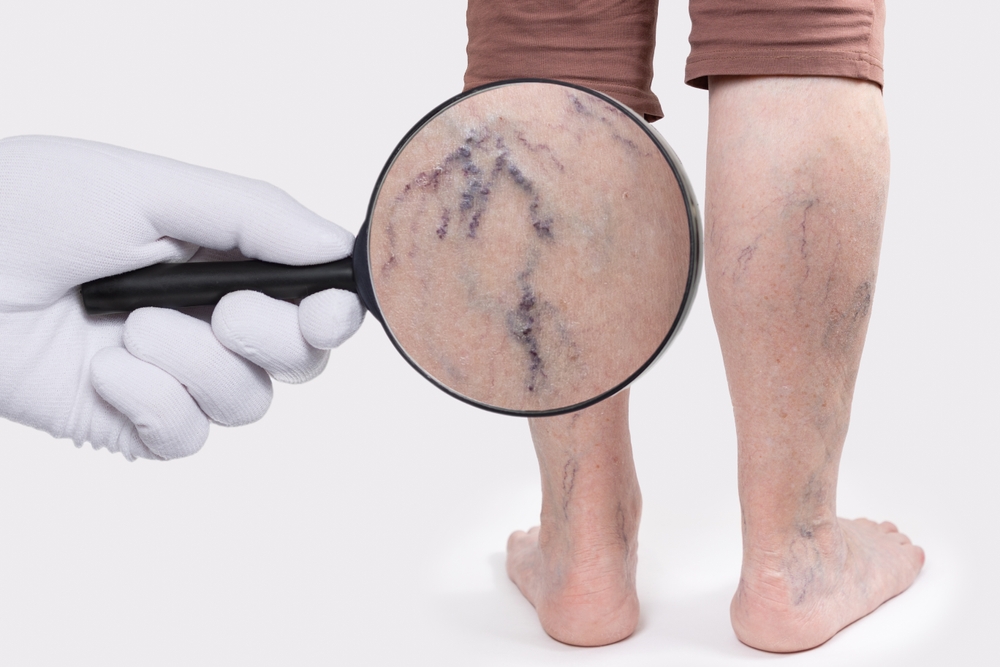
While spider veins usually do not require medical attention, leaving varicose or bulging veins untreated can lead to serious health complications. Chronic venous insufficiency develops when damaged veins cannot effectively return blood to the heart. This condition causes persistent swelling and skin changes for affected individuals.
One of the most serious complications that can arise from untreated bulging veins are venous ulcers. These open wounds typically form near the ankles and heal slowly due to poor circulation. Without proper treatment, venous ulcers can become infected and require extensive wound care to heal and stop infection.
Blood clots pose another significant risk for patients with untreated bulging veins. Superficial thrombophlebitis affects surface veins, while deep vein thrombosis involves deeper vessels and can be life-threatening. Pulmonary embolism occurs when blood clots travel to the lungs, which can be fatal without medical intervention.
Read More: Early Warning Signs Your Body Needs Vitamin-C
Prevention Strategies for Bulging Veins
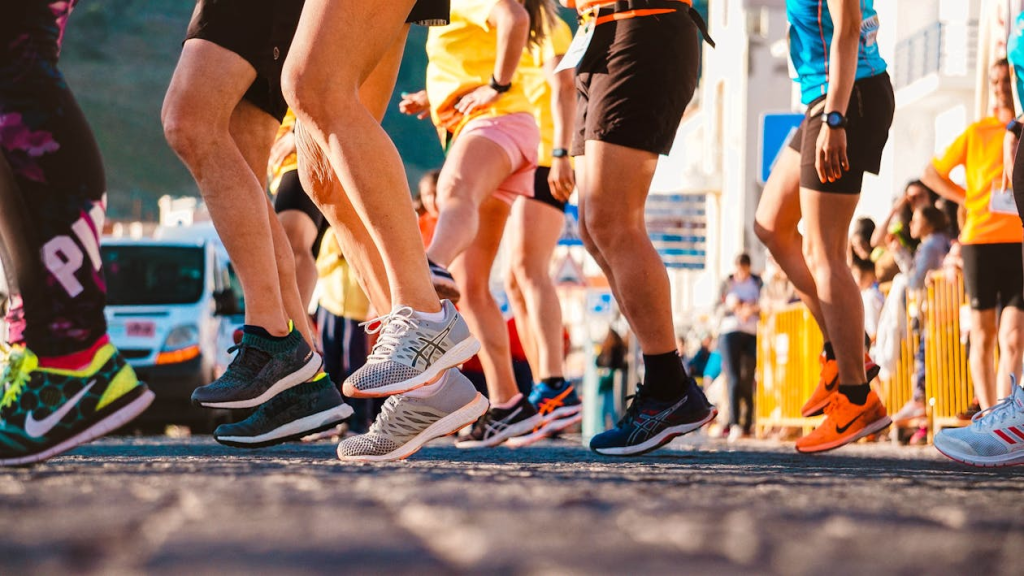
While genetic factors cannot be changed, there are several methods to help prevent or delay bulging vein development. Regular physical activity promotes healthy circulation and strengthens the muscles that assist venous blood flow. Avoiding prolonged periods of sitting or standing reduces pressure buildup in leg veins. Maintaining a healthy weight prevents excess pressure on the venous system. Wearing compression stockings during long flights or extended periods of immobility helps maintain proper circulation. Elevating the legs when resting and avoiding tight clothing around the waist and legs also help prevent developing bulging veins.
When to Seek Medical Attention for Bulging Veins

While spider veins cause no immediate concern, varicose or bulging veins may be potentially life-threatening if left untreated. Sudden onset of severe leg pain, swelling, or warmth may indicate deep vein thrombosis. Skin ulcers or wounds near bulging veins need immediate medical attention to prevent infection and promote healing.
Bleeding from bulging veins, even minor episodes, warrants immediate medical attention. Changes in skin color or texture around affected veins may signal advancing venous insufficiency requiring treatment. Patients experiencing significant discomfort or lifestyle limitations from their bulging veins should consult specialists for an evaluation and treatment planning.
News in the same category


Dark Chocolate and Tea Found to Significantly Lower Blood Pressure
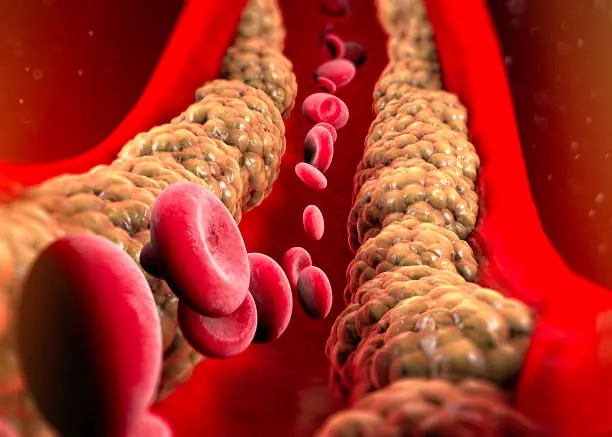
Why This Doctor Refuses to Prescribe Statins for High Cholesterol
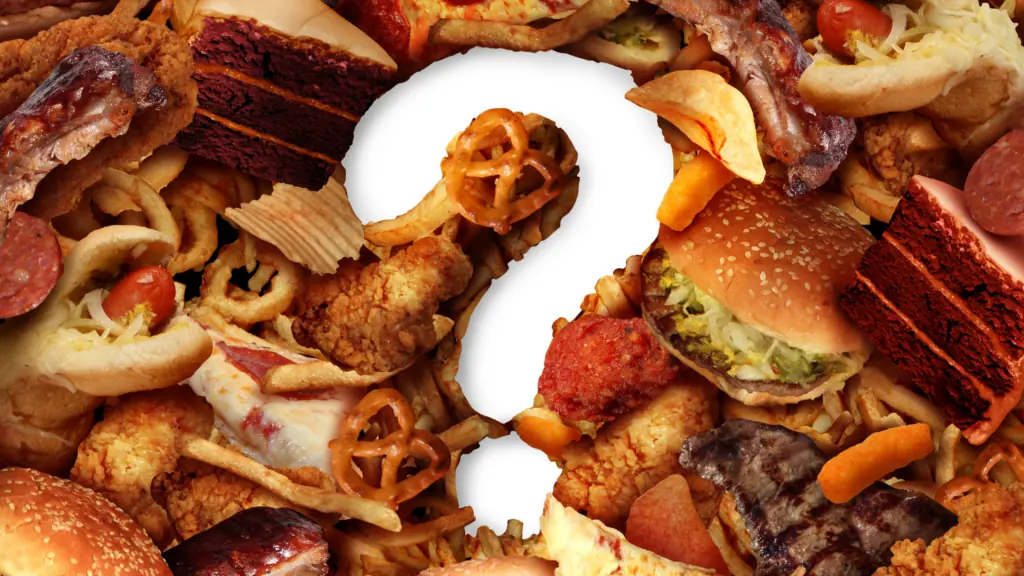
Top 5 Foods to Avoid if You Have High Blood Pressure

How bathing too often can affect your health

Did you know that if you get spots on your hands it means you have
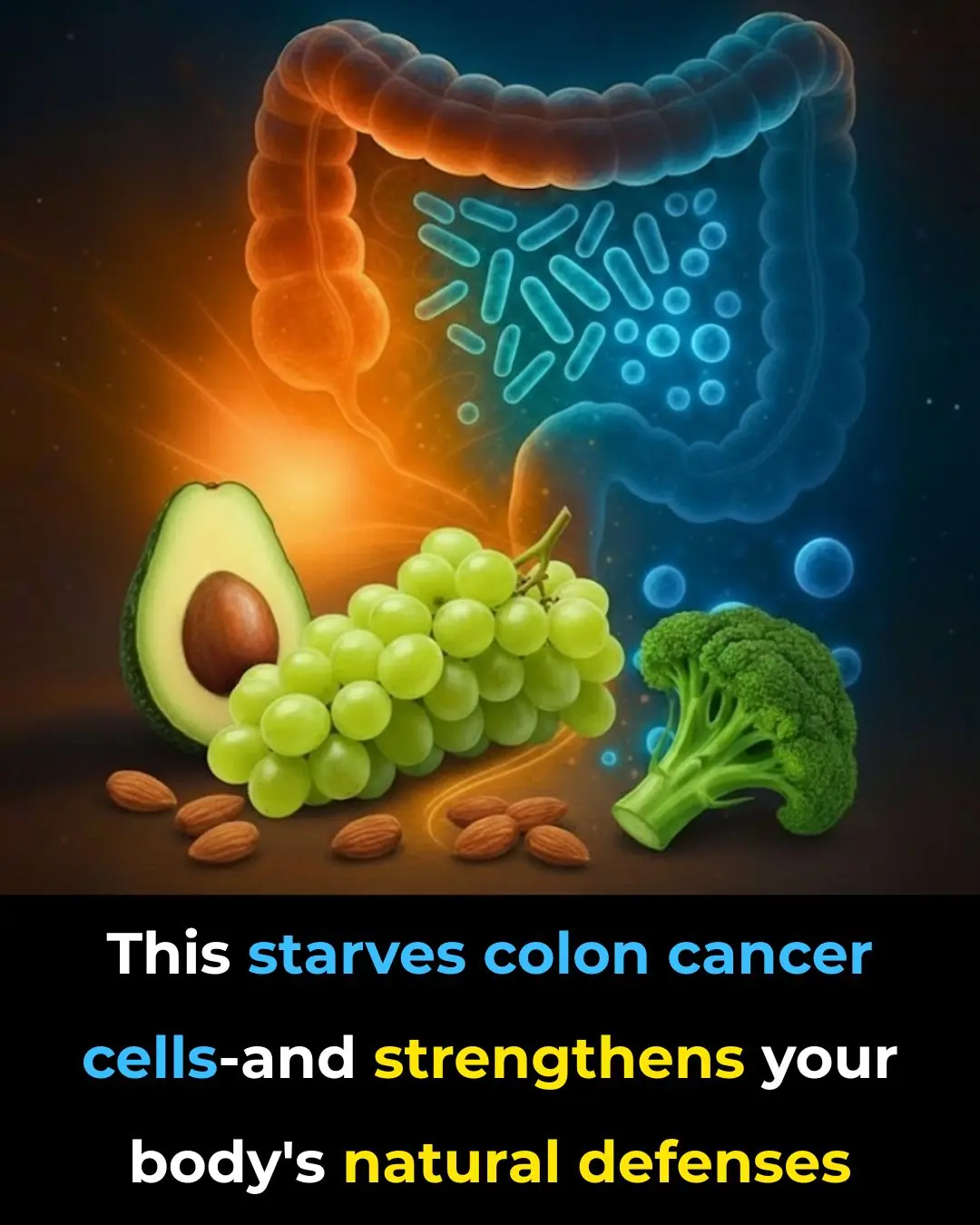
This starves colon cancer cells — and strengthens your body’s natural defenses

7 COLLAGEN-boosting foods to ERASE joint pain & inflammation FAST!

The Human Brain Isn’t Built for Late Nights, Experts Warn
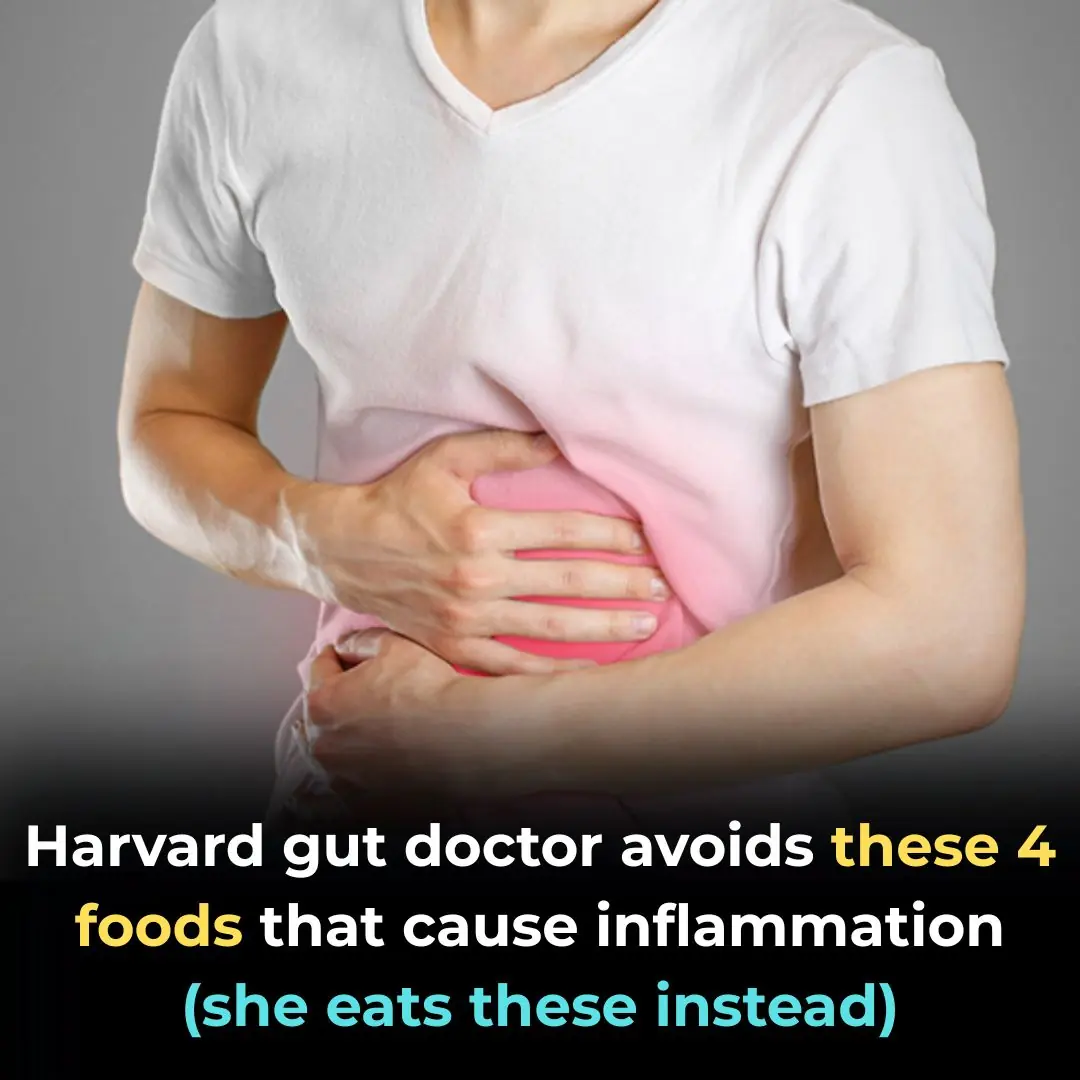
Harvard Doctor Reveals Foods You Should Avoid to Prevent Inflammation
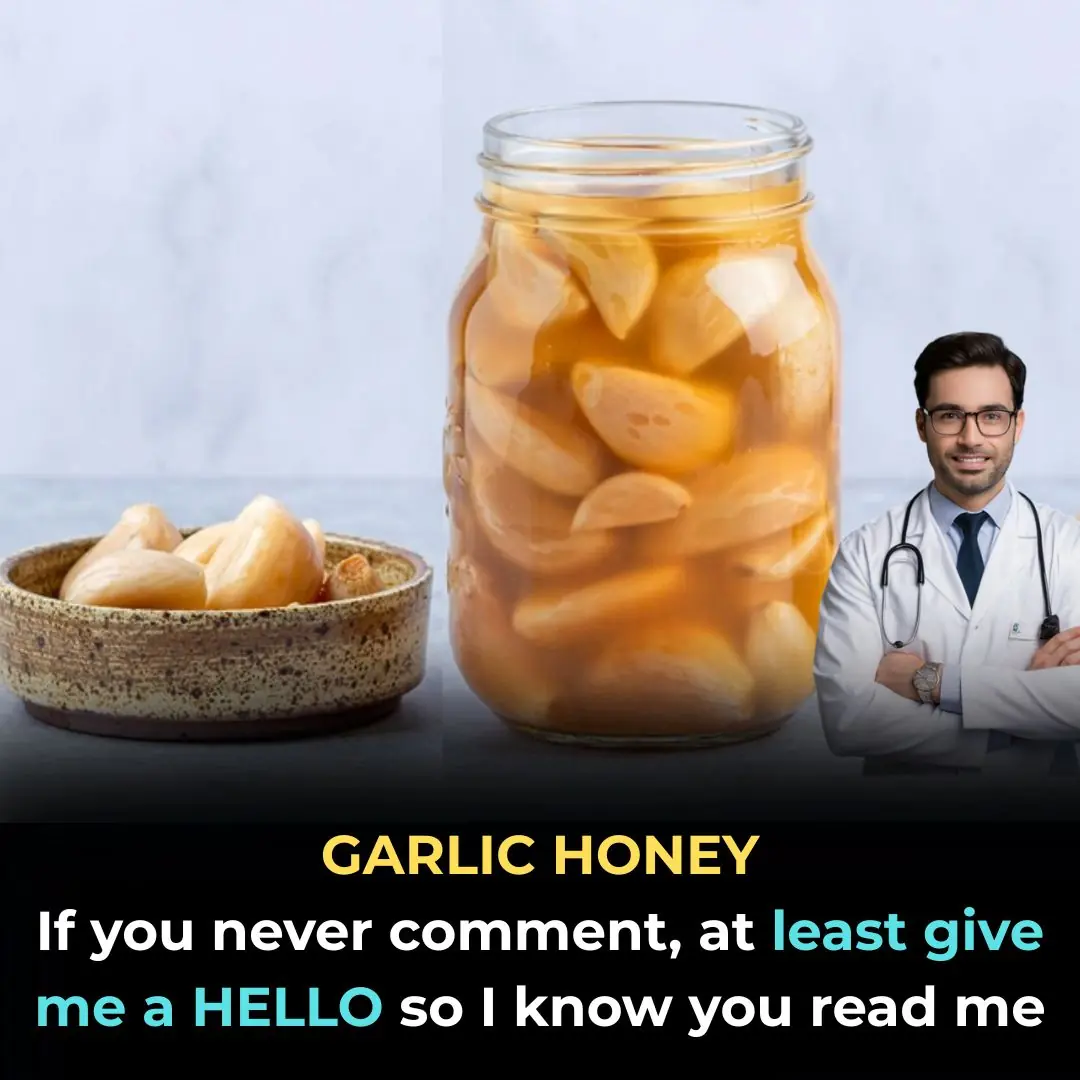
Unlock Your Body’s Hidden Power: Try Garlic and Honey on an Empty Stomach for 7 Days
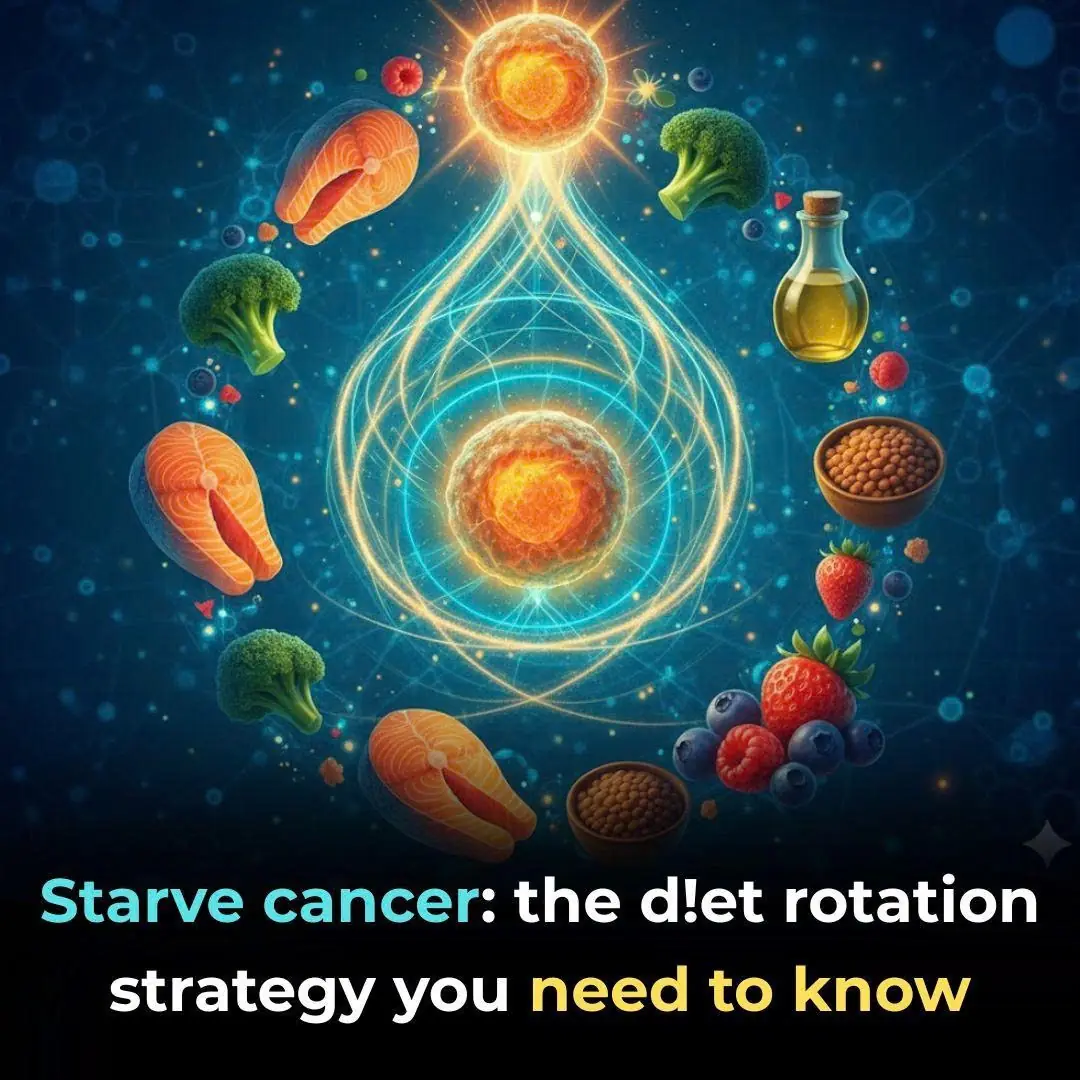
Starve cancer: the diet rotation strategy you need to know
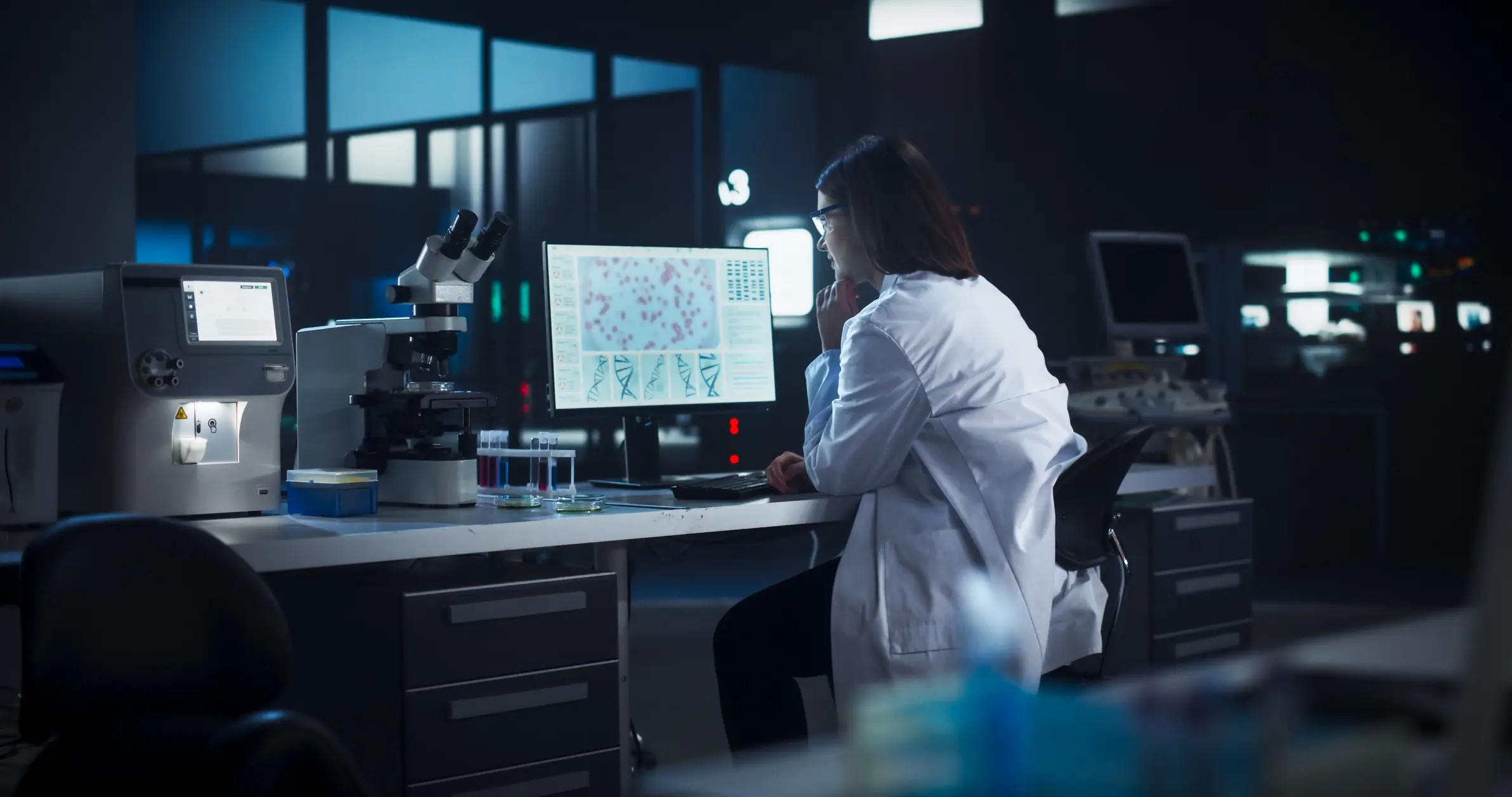
SHOCKING NEW STUDY REVEALS WHAT MIGHT BE SILENTLY DESTROYING HUMAN FERTILITY
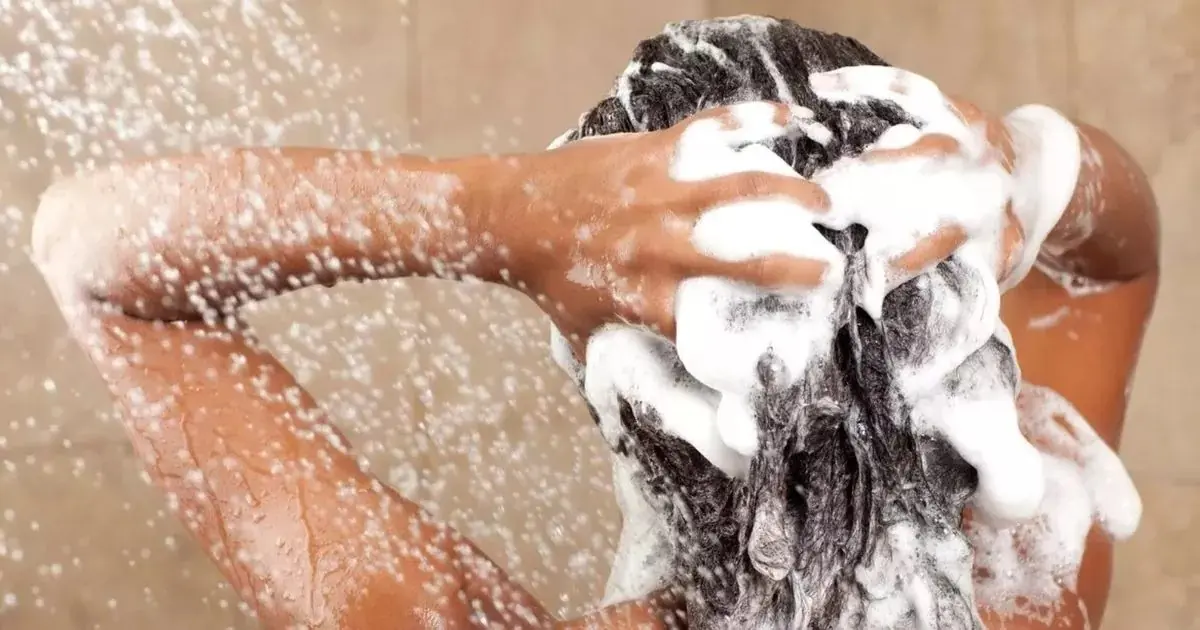
POPULAR SHAMPOO URGENTLY RECALLED BECAUSE IT CONTAINS BACTERIA THAT KILLS UP TO ONE IN TEN PATIENTS
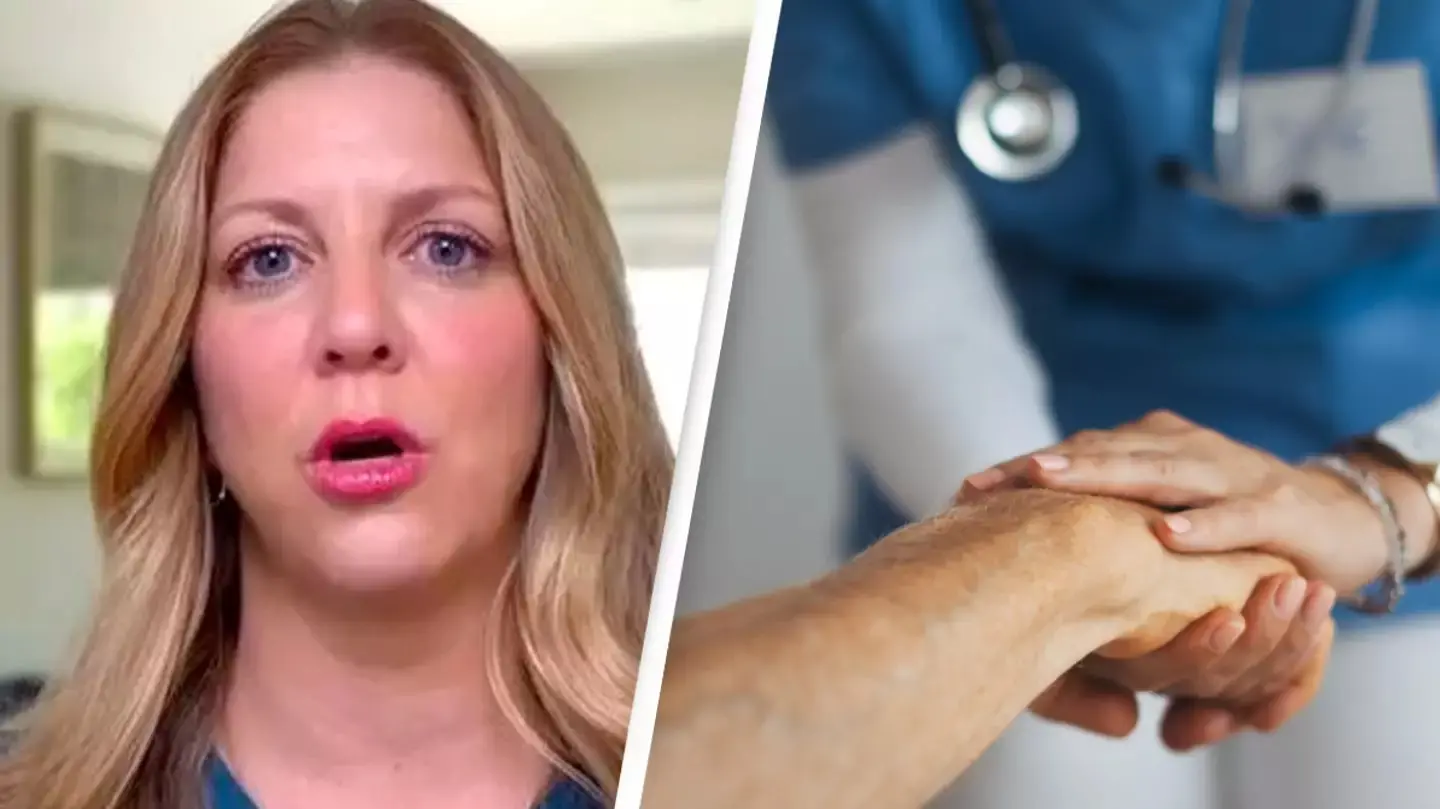
Nurse who's witnessed 'so many deaths' explains spine-chilling moment she realised 'what happens after we die'
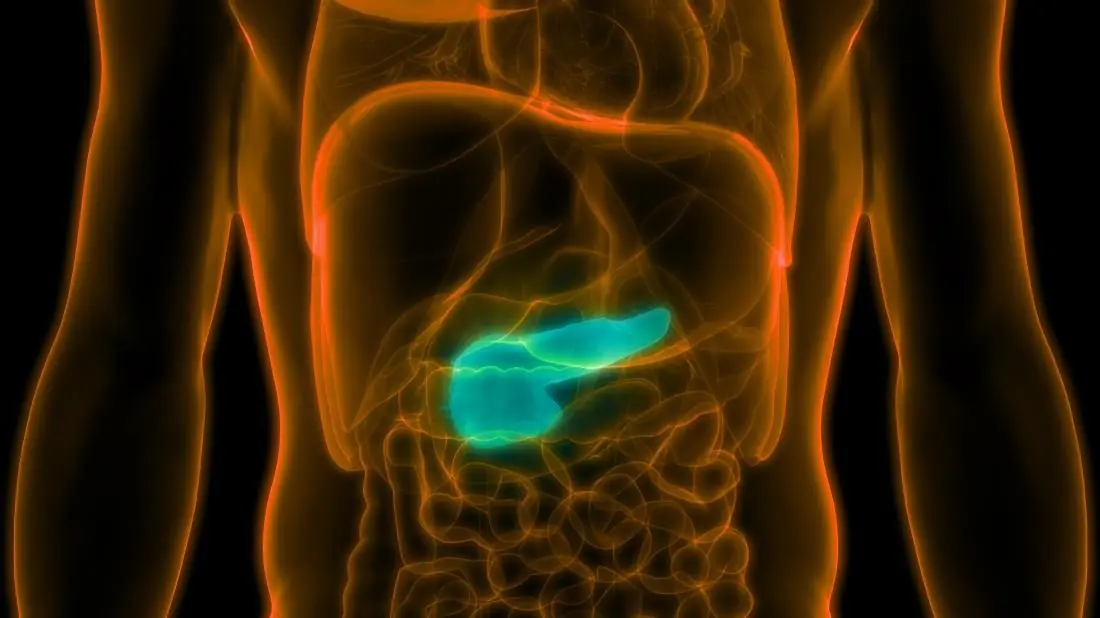
The influenza flu virus is being used to cure pancreatic cancer

Eye Doctor Reveals What To Do If You Start Seeing ‘Floaters’
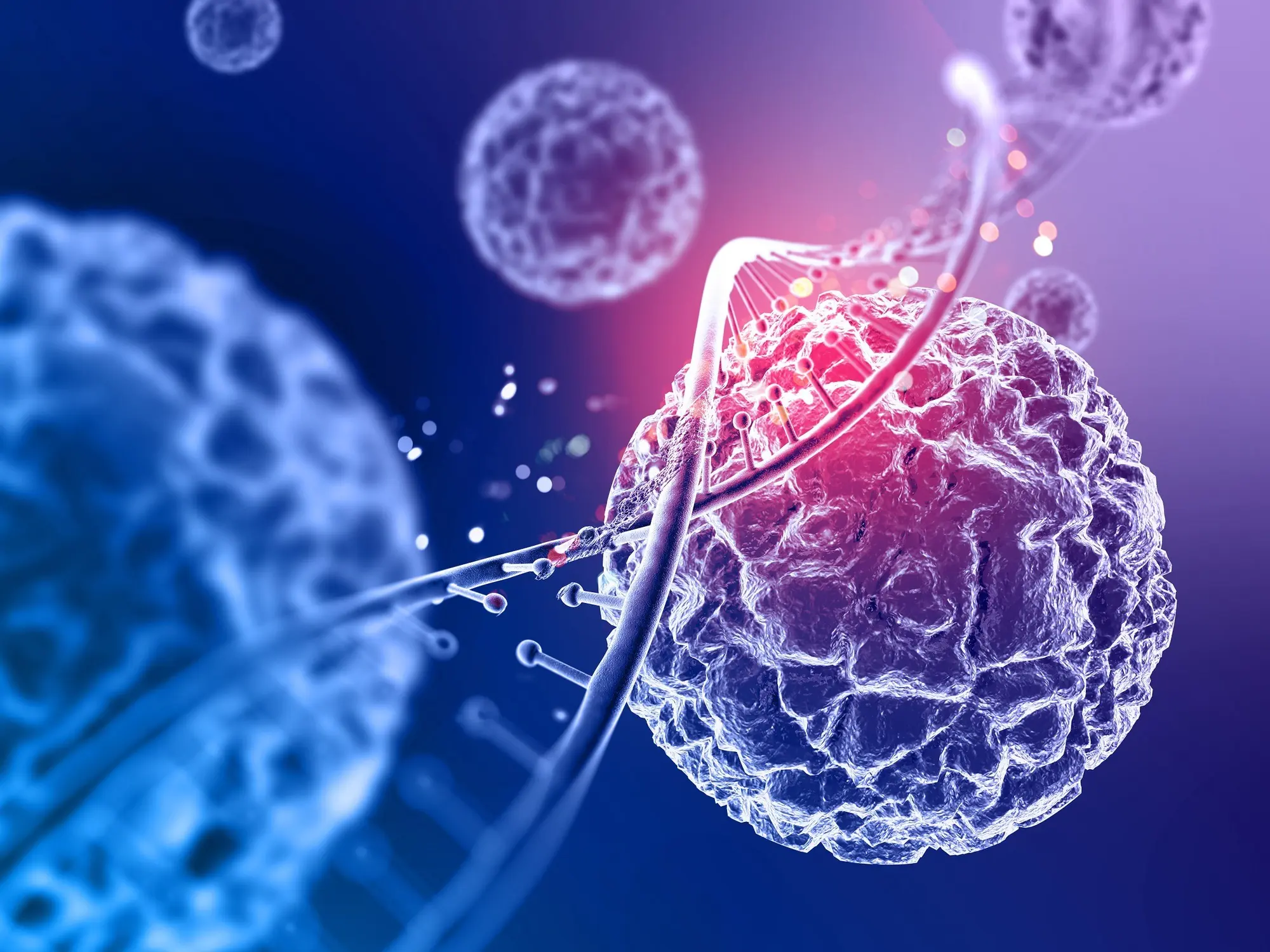
If cancer cells are present in the body, these 3 symptoms often appear in the morning everyone should pay attention
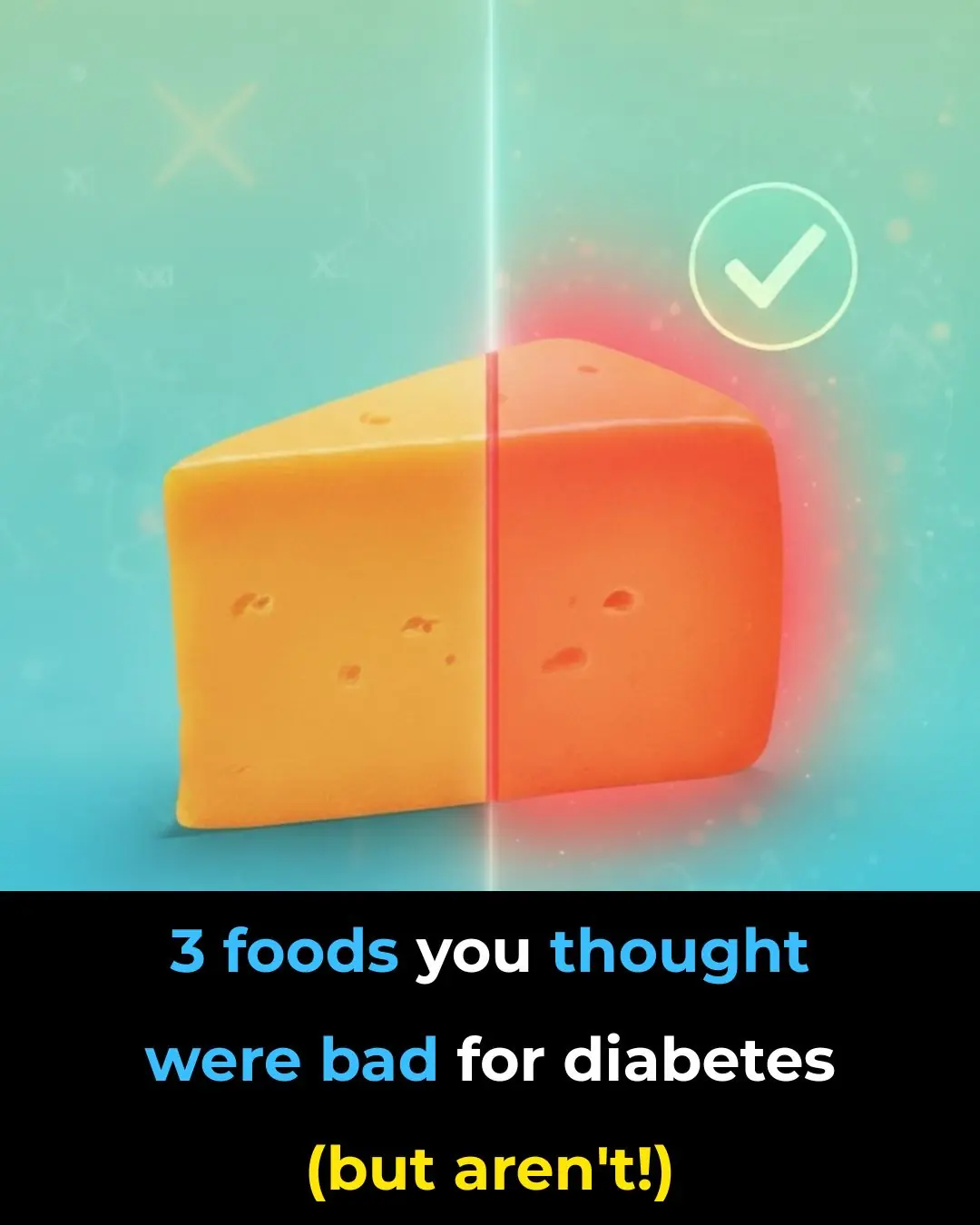
3 foods you thought were bad for diabetes (but aren’t!)

CANCER IS PAINLESS AT FIRST, BIT IF YOU SEE THESE 8 SIGNS WHEN GOING TO THE TOILET, YOU SHOULD SEE A DOCTOR IMMEDIATELY
News Post

The #1 Food for Detoxifying and Supporting Kidney Health

Dark Chocolate and Tea Found to Significantly Lower Blood Pressure

Why This Doctor Refuses to Prescribe Statins for High Cholesterol

Top 5 Foods to Avoid if You Have High Blood Pressure

Why You Should Sprinkle Salt on Your Gas Stove
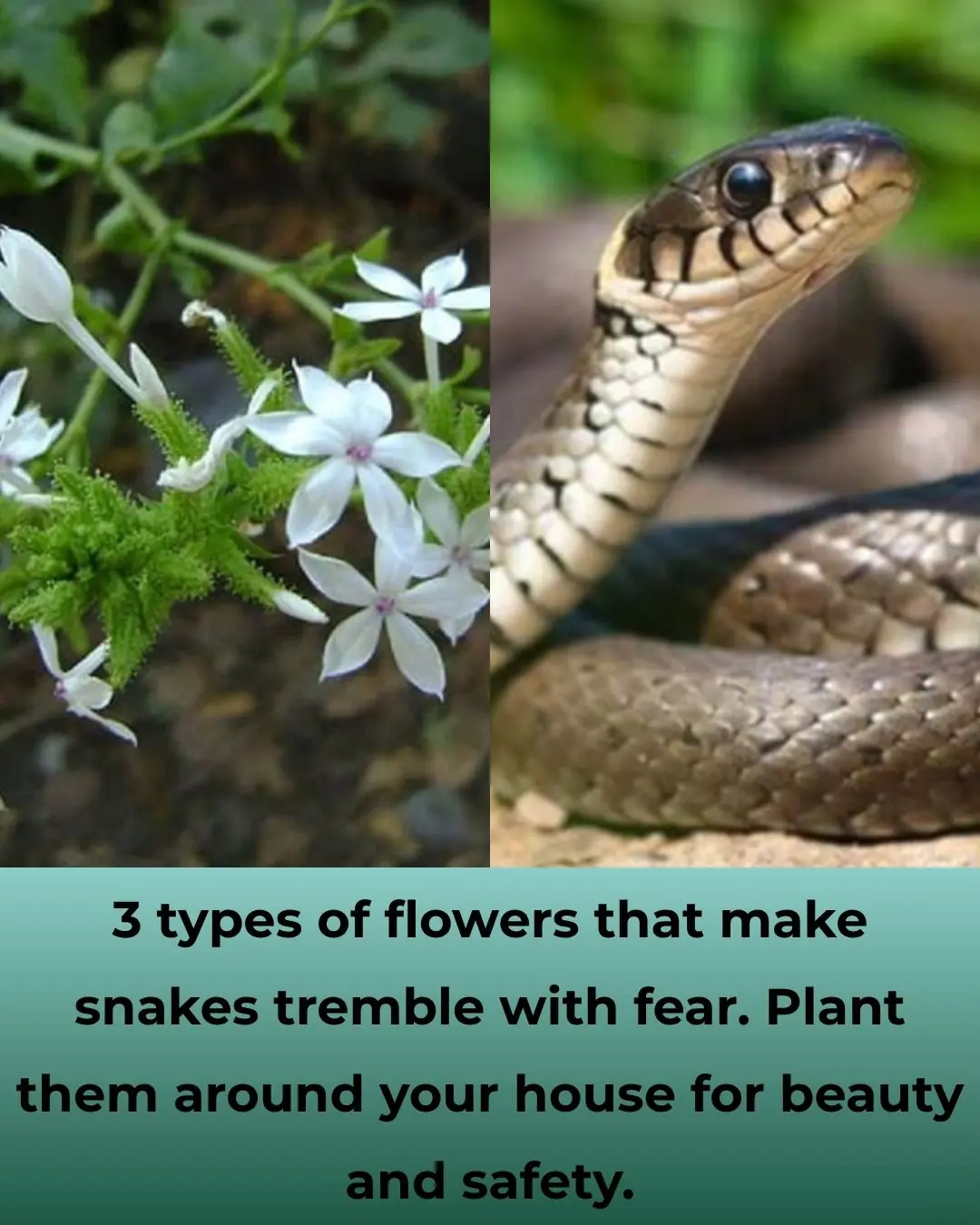
3 Flowers That Make Snakes Tremble — Natural Repellents You Can Grow at Home

You’re Taking Iron Supplements Wrong — Here’s the Science-Backed Way to Do It Right
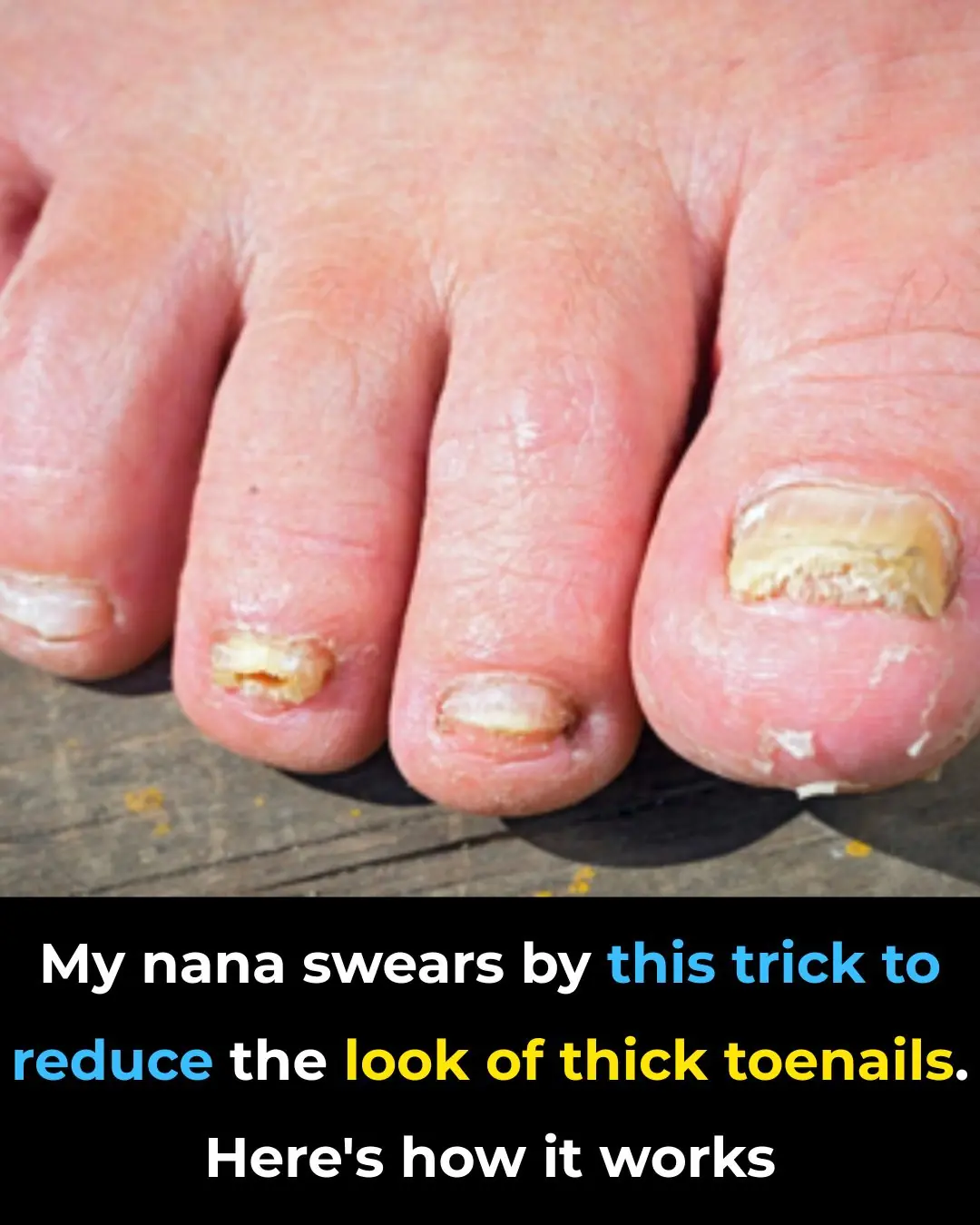
Nana’s Baking Soda Hack: The Surprisingly Effective Trick to Soften and Thin Thick Toenails
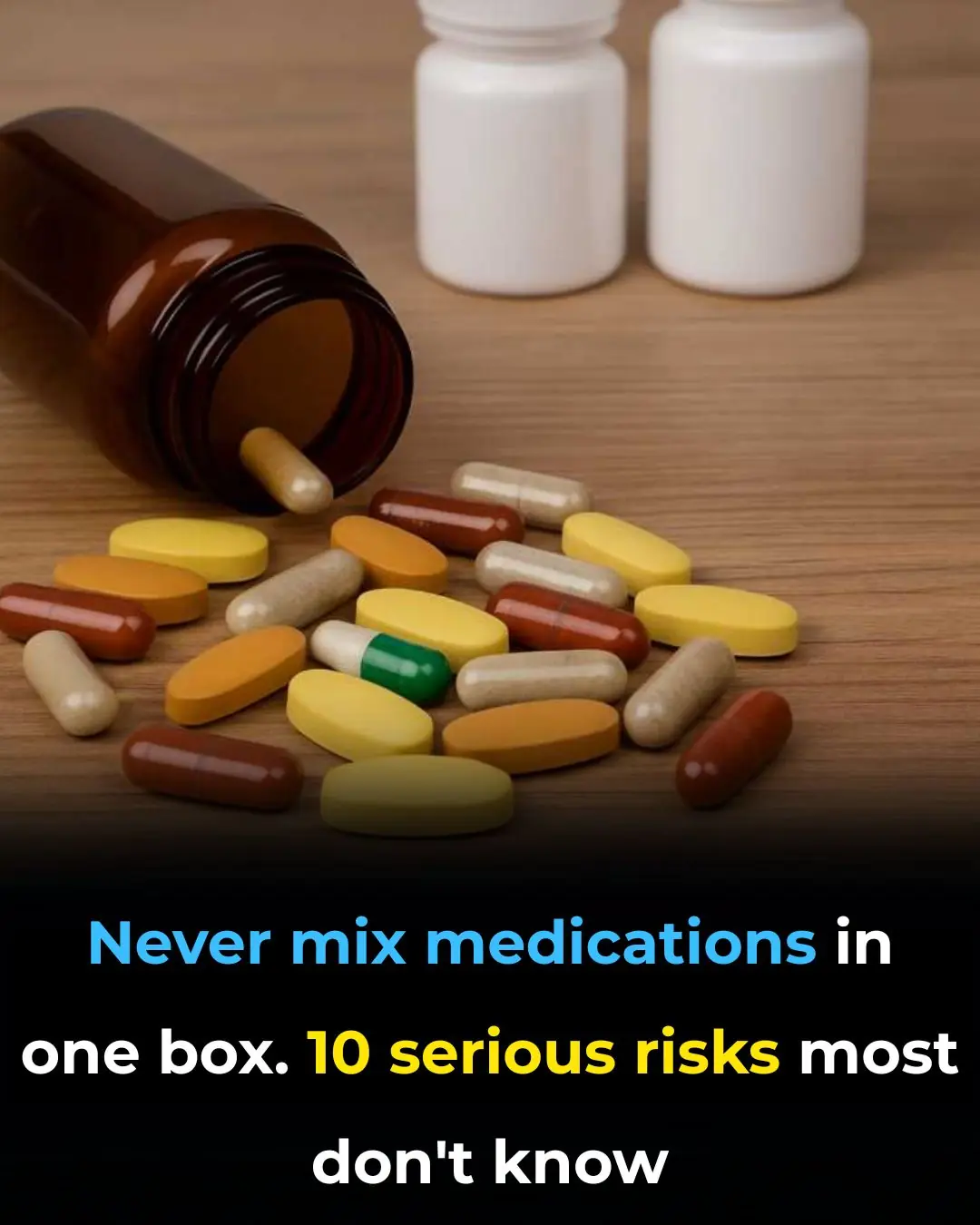
Never Mix Medications in One Box: 10 Serious Risks Most People Don’t Know
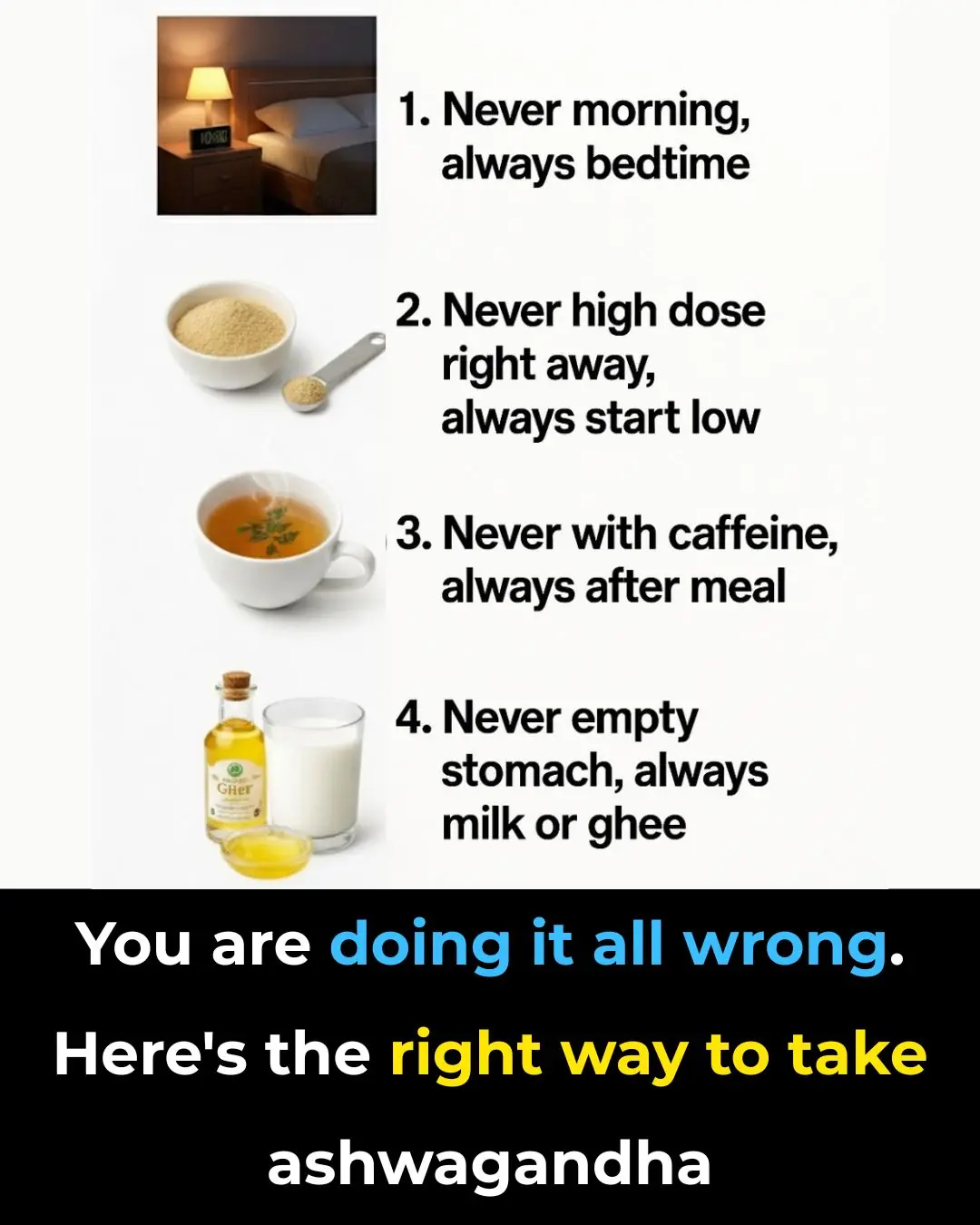
The Right Way to Take Ashwagandha: A Science-Backed Guide to Unlock Its Full Potential

Shrimp injected with impurities is easy to distinguish: Smart people will see this point

Tips for cleaning an air fryer without scrubbing and still clean as new

25 Incredible Health Benefits of Goosegrass

The water pipe is clogged, just blame this and it will be solved easily, no need to waste money calling a plumber.

How to clean the bathroom easily and effortlessly: It will stay clean and fragrant all week long
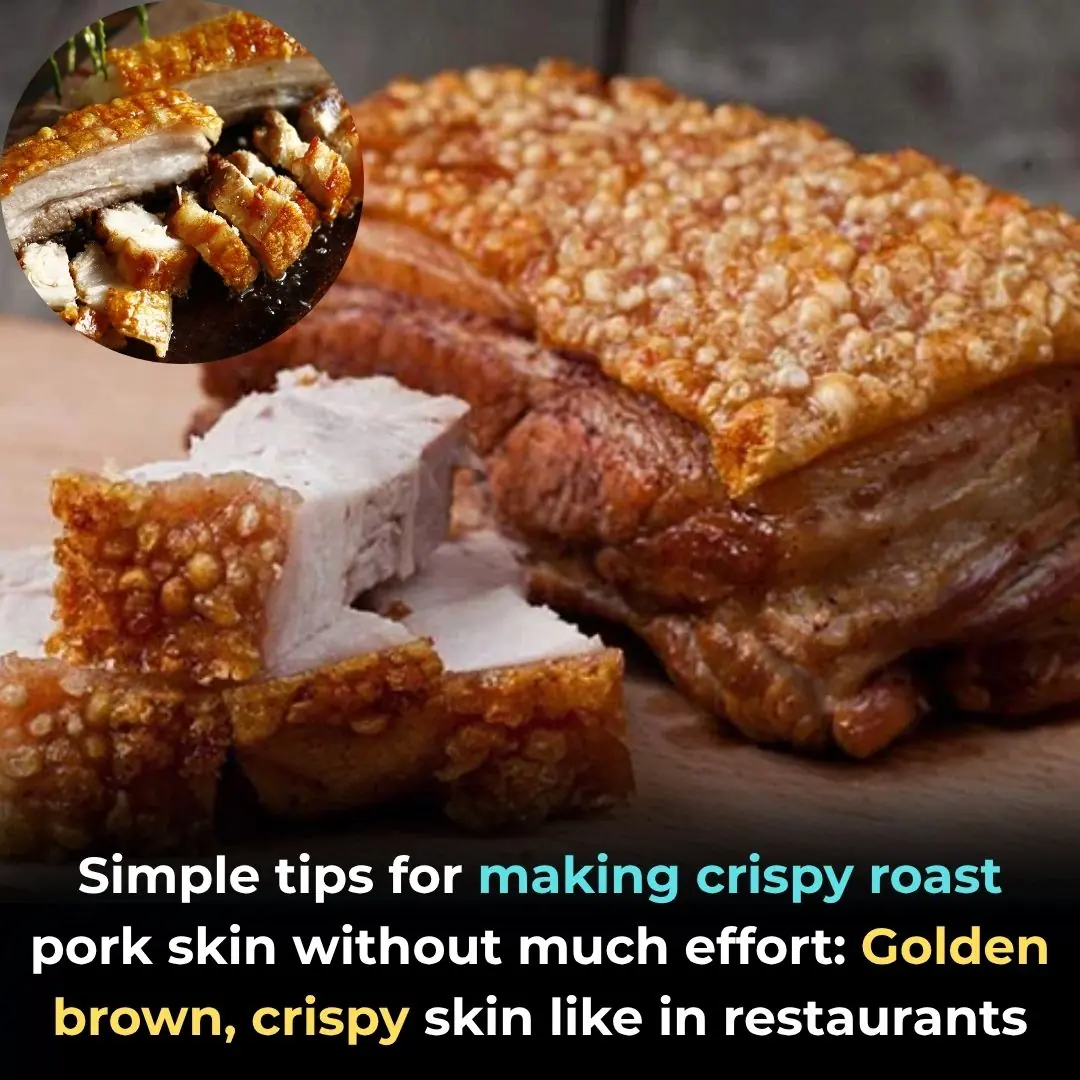
Simple tips for making crispy roast pork skin without much effort: Golden brown, crispy skin like in restaurants

How bathing too often can affect your health

Dirty sofa, do not use wet towel to wipe: Use this to clean it, it will not be damaged

Drop this into the basin, clams and snails will release all the mud and dirt, making them 5 times more fattening.
